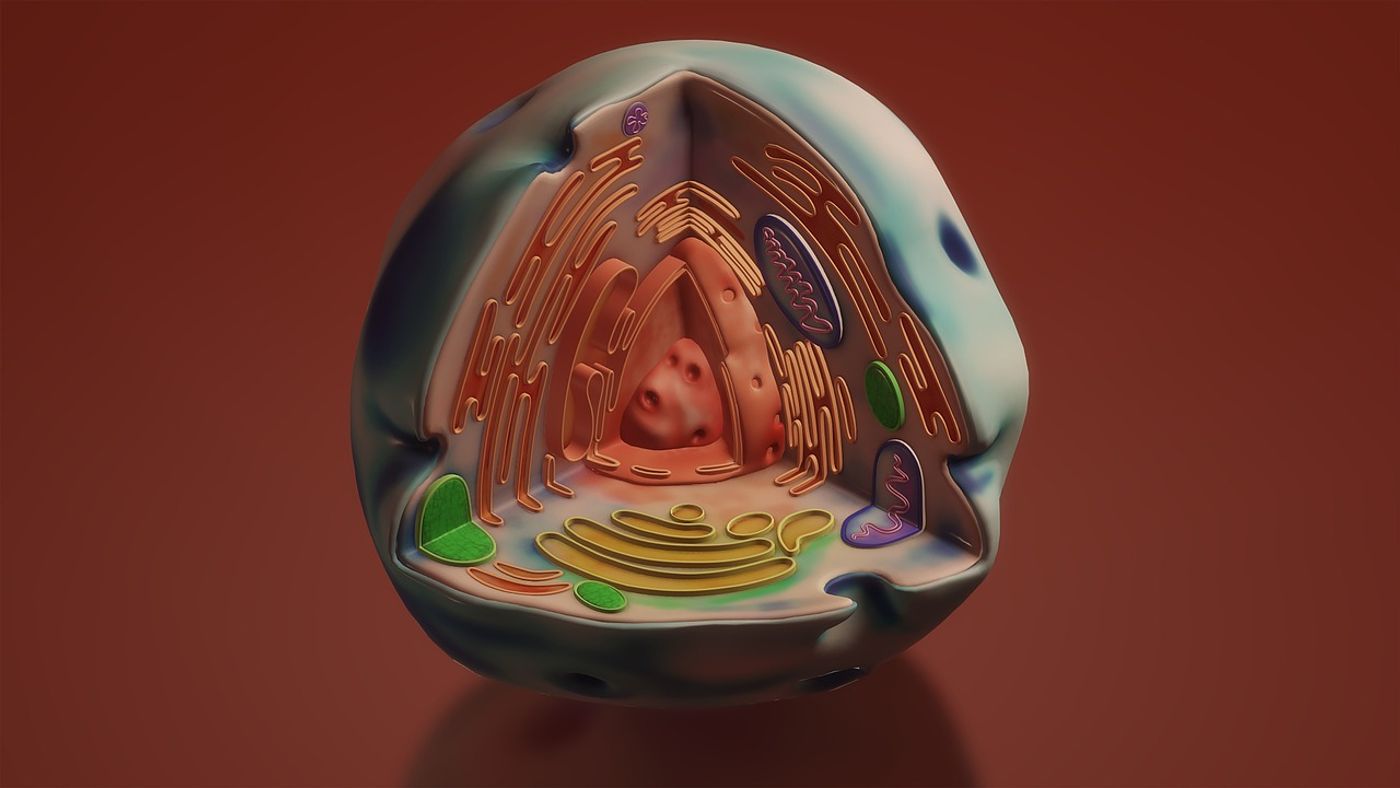New Technique Uses Molecular Vibrations to Eradicate Cancer
Have you heard the adage “dance like nobody’s watching”? The quote, often credited to the prominent author and educator Dr. William Watson Purkey, encourages us to let loose once in a while and not care about the judgment of others. A little dancing is good for you!
A new manuscript published last week in Nature Chemistry suggests a little “dancing” could be integrated into a novel cancer treatment approach. The study shows that researchers can initiate vibration in molecules embedded into the cell membrane, leading to the rapid degradation of cancer cells.
This process, called vibronic-driven action (VDA), uses aminocyanines, atoms of a dye, allowing their manipulation by exposure to infrared light. Aminocyanines already have several applications in medicine and biomedical research. Because aminocyanines can attach to the outside of cells, they play a major role in bioimaging and detecting cancer cells.
The study developed a “molecular jackhammer” technique. Using low light, the researchers can initiate molecular vibrations and eradicate human melanoma cells in the laboratory in less than a picosecond (that is, one trillionth of a second).
The researchers also looked at the impact of the molecular jackhammer on melanoma growing in mice. Treated with aminocyanine and light resulted in 50% eradication of tumors in melanoma-bearing mice. Aminocyanine alone did cure 20% of mice, but the researchers observed no efficacy of light alone.
The authors suggest that the molecular jackhammer technique could significantly impact the oncology field. Notably, because of the reliance on mechanical forces and not cellular or biological responses, cancer cells are unlikely to develop resistance to this type of treatment. Thus, validation of such techniques could become a valuable treatment modality.
Further, the molecular jackhammer technique requires near-infrared light, which can penetrate far deeper into the body than visible light used in previous approaches to cancer treatment facilitated by mechanical force. Thus, further development of this strategy could prove efficacious for treating hard-to-treat tumors not easily accessible by surgery, such as those in the bone.
Sources: Nature Chem, Front Pharmacol, Rice University Press Release









